By: Torhan ALmufli
za
The study of atomic chemistry involves the specifications of atoms and chemical molecules, which constitute the various materials found on Earth, delving into their finest details; reaching, as we said, the atomic arrangement.
Each atom is composed of a nucleus, around which a group of electrons orbit within specific orbits according to precise physicochemical calculations. The electrons closest to the nucleus (the center of the atom) are more strongly bound to the nucleus due to being the lowest in energy among all the electrons; this makes them orbit near the nucleus (the center) as if obeying its commands, while the electrons farther from (the center of the atom) have higher energy and more freedom of movement, and are less affected by it; they also have the ability to leave it.
Thus, an atom can be envisioned as follows:
It consists of a nucleus at its center (the center of the atom); while the electrons are distributed according to their strength, energy, and capability, depending on their proximity to or distance from the center; so the weakest electron with the lowest energy is near the center, and the strongest is further away.
The Iraqi Constitution and Atomic Distribution
The permanent constitution recognized that the Republic of Iraq is a multi-level administrative state, starting from the capital at the center, through provinces not organized into a region, and ending with the Kurdistan Region and other regions that may arise at some stage.
Therefore, the administrative organizational structure in Iraq resembles the atomic system in terms of the nucleus and electrons. The federal capital represents the nucleus of the atom, with Baghdad as a province being the closest electrons to the center and the most disciplined with the nucleus, while the provinces not organized into a region have higher energy and are further from the center and less affected by it compared to Baghdad. The region or regions act like the farthest electron and have more movement from the center due to their institutions and their nature of composition.
The Iraqi Political Situation and Atomic Distribution
The current Iraqi political situation and atomic distribution can be detailed in several temporal phases as follows:
The First Phase: This phase lasted from 2003 to 2014, where the Kurdish political forces were the furthest from the center and its government decisions (the nucleus), with the greatest mobility and transition energy due to the nature of the region (greater than the kinetic energy of many regions in any other country), and almost certainly the farthest electron from the atom’s nucleus if we were to analogize the political situation to the atomic situation. The Sunni forces had less movement energy and more freedom, relatively distant from the center and its government decisions, while the Shia forces were closer to the nucleus (the center) and compliant with its government decisions. The Turkmen and Christians were the closest to the center and the least energetic and most connected to it to preserve their rights (not gains) and their general behavior and what they had of energy and freedom of movement.
The Second Phase: Lasted from 2014 to 2017, represented by the continued mobility and great energy of the Kurdish forces and their attempt to break out and escape from the atomic orbits; this great energy culminated in the referendum on the future of the Kurdistan Region. Meanwhile, the Sunni forces lost their overall energy and mobility freedom to become the closest to the center and its decisions (the nucleus) due to the emergence of the terrorist forces of ISIS, which controlled the Sunni geography in general, and stripped them of their strength and kinetic energy. The Shia forces continued their proximity to the nucleus and application of government decisions with the emergence of mobility freedom and energy abundance (due to the formation of military forces with various political affiliations and the issuance of the Fatwa of Jihad Al-Kifai), which would qualify them to leap to other stages after years from 2017. The Turkmen and Christians continued as the weakest electron and least movement and more clinging to the center and government decisions, especially after intense attacks by ISIS on them.
The Third Phase: The phase from 2017 to the present, where the Kurdish forces represented by the administration of the Kurdistan Region began to be suppressed, absorbing their energy and reducing their mobility freedom, making them closer to the center and more in harmony with its government decisions, due to the political movements of different forces against the aspirations of the Kurdish forces in addition to the systematic economic pressure on the region due to the lack of a clear and explicit agreement between the regional and central governments for various apparent or hidden reasons. The Sunni forces transformed from political forces with demands and political visions to forces with societal demands, making them very weak forces, and returned to the orbit closest to the nucleus and the center, equating these forces with the Turkmen and Christians in terms of their proximity to the nucleus and central decisions. Meanwhile, the Shia forces became forces with very high energy and clear dominance over the majority of the state’s details, which will distance them from the center, entering a Byzantine argument in terms of the center being essentially represented in them and through these forces, and also because of the enormity of their high energies, they will gradually distance from the center, and this issue is not less than the Kurdish issue in the contradiction between politics and their administrative positioning. The Turkmen have almost disappeared from the political decision and political scene, especially in this current phase, while the Christians have maintained their proximity to the center.
What is happening now?
What is happening now is an imbalance in the momentum of forces; the Kurdish political forces appeared less energetic and less free in their movement than before, despite having their administration represented by the administration of the Kurdistan Region, creating a kind of political and administrative contradiction among the Kurdish forces among themselves and between them and other political forces.
As for the Sunni political forces, they have transformed in their demands into forces with a societal claim and lost their potential energy in political demands, resulting in movements to extinguish the idea of symbolism in them, entering these forces into a very deep internal competition, and this competition produces a disappearance of the essence of political demands and visions for them, remaining influential only in their provinces.
While we find that the Shia political forces have become forces with very high energy and clear dominance over the majority of the state’s details, which will distance them from the center, to enter into a Byzantine argument in terms of the center being essentially represented in them and through these forces, and also because of the enormity of their high energies, they will gradually distance from the center, and this issue is not less than the Kurdish issue in the contradiction between politics and their administrative positioning. The Turkmen have almost disappeared from the political decision and political scene, especially in this current phase, while the Christians have maintained their proximity to the center.
What is the solution?
The solution lies in finding a (political-administrative) equation that restores the Kurdish political forces to the level of the existing movement within the framework of regional administration. This is to avoid any unknown consequences, as a reaction towards the center due to immense pressures and constraints. Excessive pressure may lead to an explosion. At the very least, the situation of the Turkmen should be secured by reintegrating them into the political forefront, even if it is in a weaker form. As for the Sunni forces, it is their responsibility to regulate the balance in order to promote political projects that achieve the aspirations of their popular base, in addition to political calm for the sake of stability. Regarding the Shia political forces (which are deeply divided into two factions), if they continue with the complex dynamics between them and deviate from their decisions (the decisions of the center), they are bound to splinter, resulting in central and decentralizing forces without the ability to manage the situation of those distant forces. It is also worth mentioning the ability of these forces to operate within legal frameworks based on certain political and administrative visions. All of these factors will create significant congestion for the Iraqi state, considering that the Shia forces are the mainstay of the state and the foundation of the country’s stability. Therefore, these forces must work to maintain continuous bridges of trust between their various factions and avoid jumping forward differentially. They should strengthen the bridges of trust between the Shia forces and other components, allowing for the crystallization of a political solution in the country in general, to ensure that these components remain within the correct orbits around the nucleus and the center.
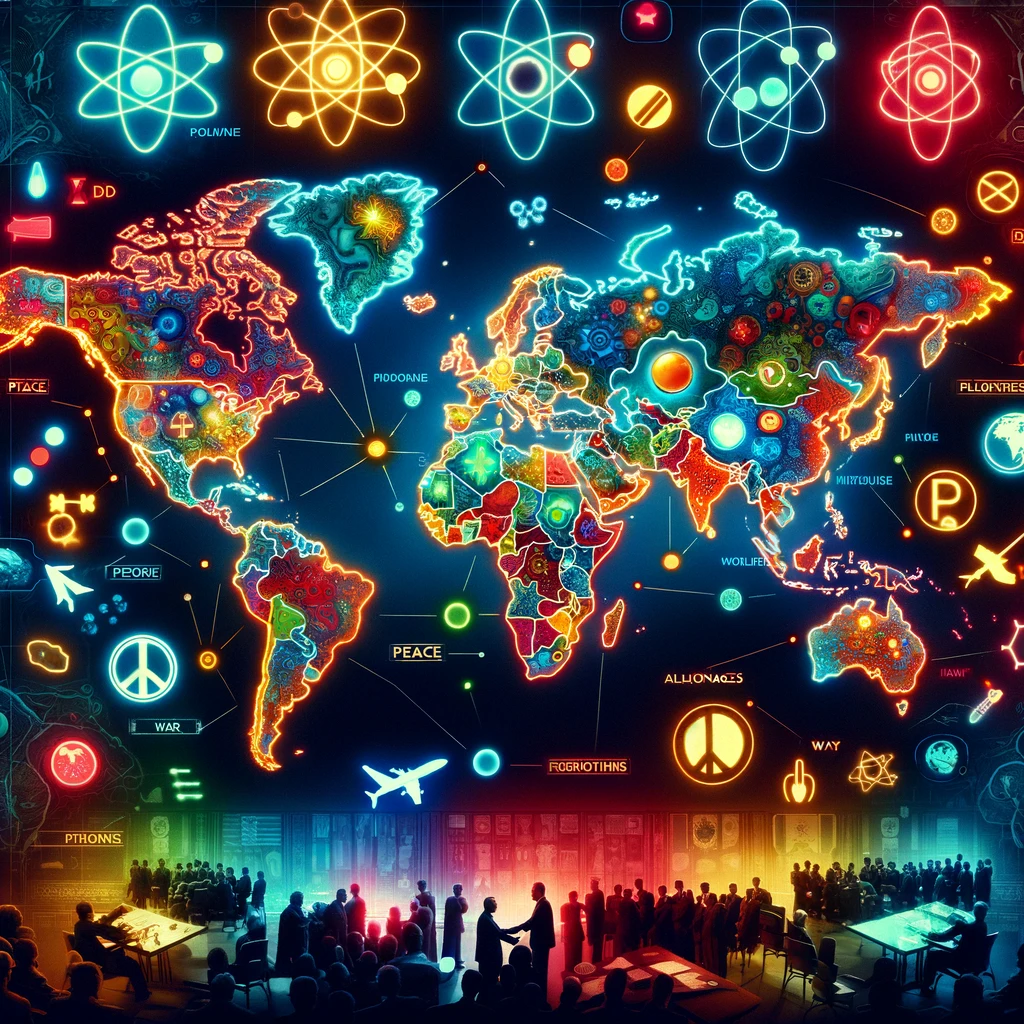
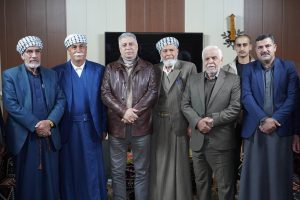
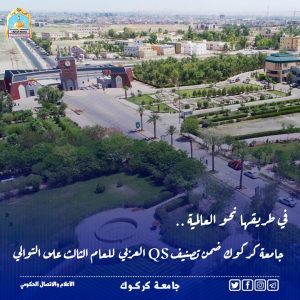
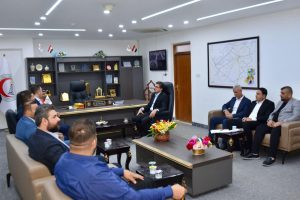
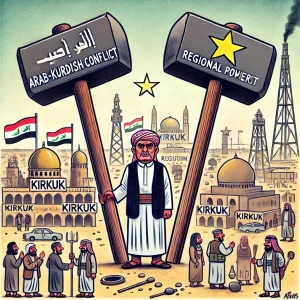
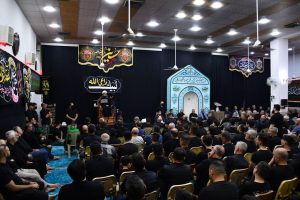
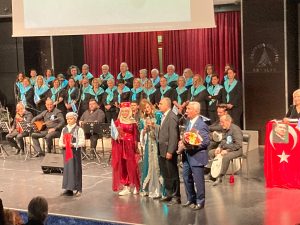

Be First to Comment